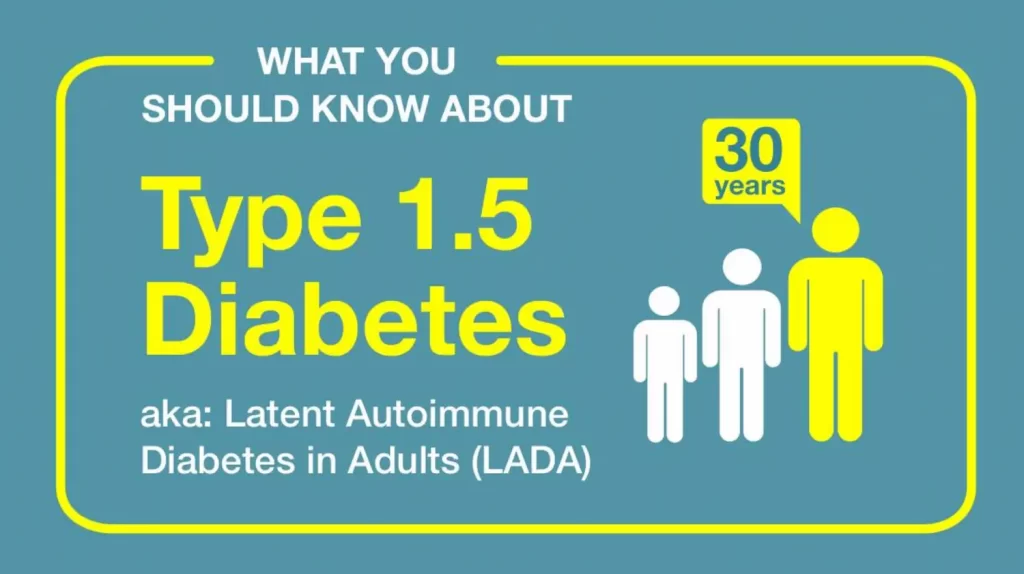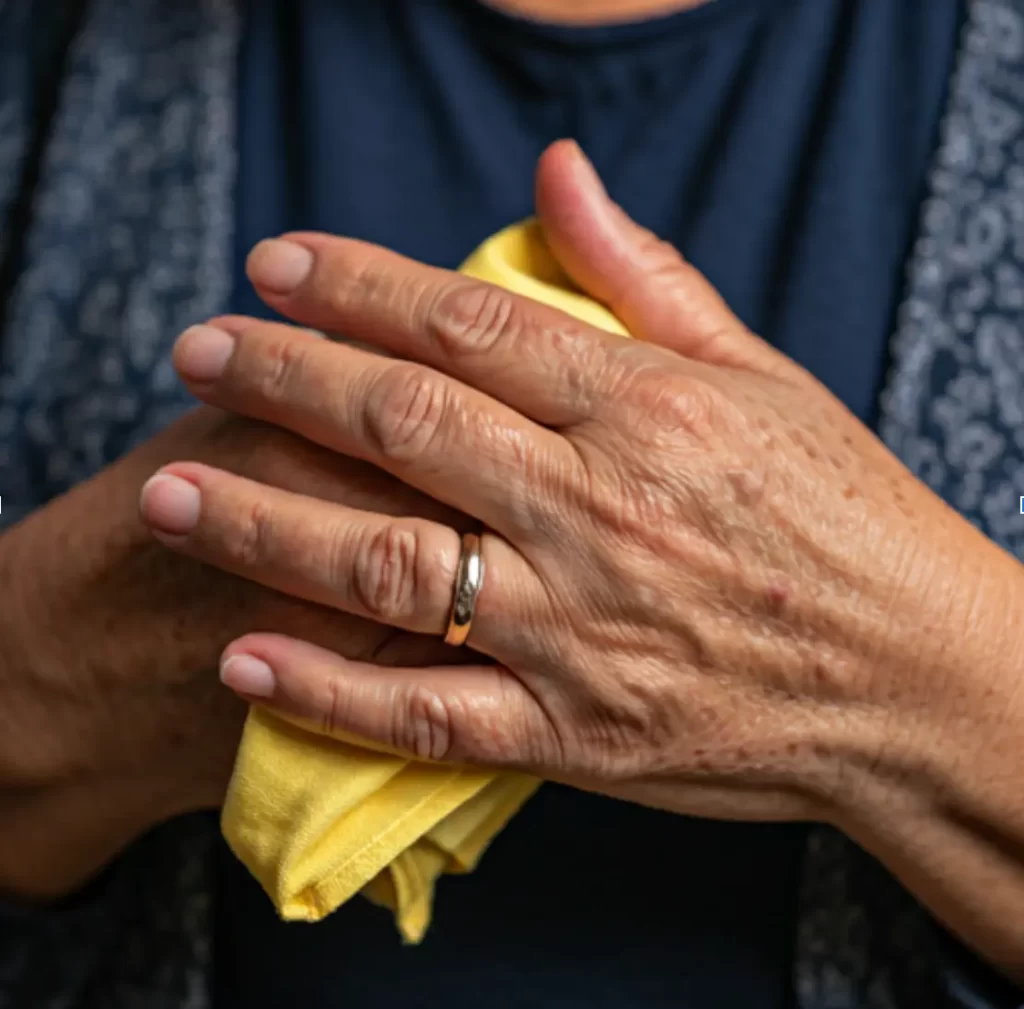Source: United States Census Bureau | https://www.census.gov/
Oct. 28, 2019 — The U.S. Census Bureau’s Statistics in Schools (SIS) program and Shelby County schools in Tennessee held a nationwide kickoff today highlighting new 2020 Census classroom activities for students to learn about the importance of having everyone in their families counted in the census next March.
The “Everyone Counts” Fall Festival featured guest speaker David Osmond, host of the TV show “Wonderama,” and gathered more than 1,000 students and teachers at Liberty Bowl Memorial Stadium in Memphis. The event raised awareness on how schools play a key role in getting an accurate count in their communities and challenged students through interactive games and new classroom activities specifically designed for the 2020 Census. Every school district superintendent across the country will receive a letter from the Census Bureau inviting them and their teachers to join the Statistics in Schools program for the 2020 Census.
“Our nation’s educators are trusted voices in their communities. With their help we can teach every student in the nation about the importance of participating in the 2020 Census,” said Census Bureau Director Steven Dillingham. “The Statistics in Schools program brings data and the 2020 Census into the classroom. This is a national call to action for every educator and student across the country. When students take home the message of how important the 2020 Census is, they help ensure that their household is counted.”
The SIS program offers K-12 educators free online activities, games and other resources to help them bring statistics into their classrooms. For the 2019-2020 school year, the SIS program — in partnership with teachers from across the country — created 67 new 2020 Census activities and materials, including a song, interactive videos, wall maps and more. The new activities also focus on English language learners including adults learning English as a second language. The more than 100 resources available year-round, help students use census data in interactive ways to build skills in a variety of subjects. All of the resources are free and available on the SIS website with no registration required.
The 2020 Census materials are designed to be easily used in any classroom and are not tied to specific subject areas. The materials include activities that students can do at home to spread the word about the importance of completing the 2020 Census and counting everyone in the household, especially young children. An accurate count of all children is critical for educators and their students because 2020 Census responses drive decisions about the distribution of federal funds for programs and services such as special education, teacher training, technology, school lunch assistance, Head Start and after-school programs.
“The census only comes around once a decade,” Dillingham said. “A kindergartener counted in the 2020 Census this spring will be in high school when the next census comes around in 2030; that’s 10 years of school supplies, teachers, school lunches, and school resources that are dependent on ensuring every child is counted.”
For more information on the SIS program and the new 2020 Census materials, please visit Statistics in Schools.


